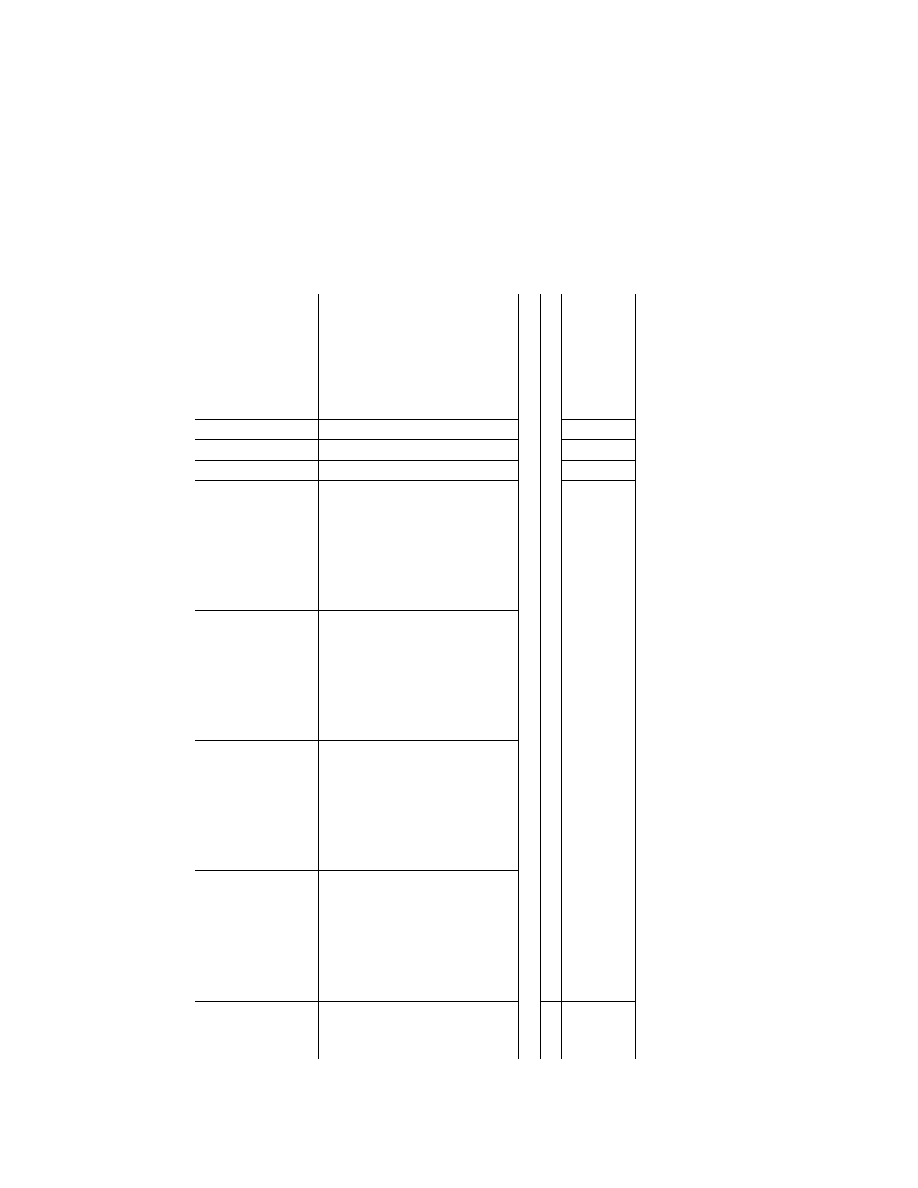
225
Federal Aviation Administration, DOT
Pt. 60, App. C
1.j.3.
............
Balked Landing
......................
Airspeed—
±
3 kts, Altitude—
±
20 ft. (6.1m), Torque—
±
3%, Rotor Speed—
±
1.5%,
Pitch Attitude—
±
1.5
°
, Bank
Attitude—
±
1.5
°
, Heading—
±
2
°
, Longitudinal Control
Position—
±
10%, Lateral
Control Position—
±
10%,
Directional Control Posi-
tion—
±
10%, Collective
Control Position—
±
10%.
Approach
...............................
Record the results for the
maneuver initiated from a
stabilized approach at the
landing decision point
(LDP).
X X X
1.j.4.
............
Autorotational Landing.
Torque—
±
3%, Rotor
Speed—
±
3%, Vertical Ve-
locity—
±
100 fpm (0.50m/
sec) or 10%, Pitch Atti-
tude—
±
2
°
, Bank Attitude—
±
2
°
, Heading—
±
5
°
, Longi-
tudinal Control Position—
±
10%, Lateral Control Posi-
tion—
±
10%, Directional
Control Position—
±
10%,
Collective Control Posi-
tion—
±
10%.
Landing
..................................
Record the results of an
autorotational deceleration
and landing from a sta-
bilized autorotational de-
scent, to touch down. If
flight test data containing
all required parameters for
a complete power-off land-
ing is not available from
the aircraft manufacturer
for this test and other quali-
fied flight test personnel
are not available to acquire
this data, the sponsor may
coordinate with the NSPM
to determine if it is appro-
priate to accept alternative
testing means.
X
X
Alternative approaches for
acquiring this data may be
acceptable, depending on
the aircraft as well as the
personnel and the data re-
cording, reduction, and in-
terpretation facilities to be
used, are: (1) a simulated
autorotational flare and re-
duction of rate of descent
(ROD) at altitude; or (2) a
power-on termination fol-
lowing an autorotational
approach and flare.
2. Handling Qualities
2.a.
.............
Control System Mechanical Characteristics
For simulators requiring Static or Dynamic tests at the controls (i.e., cyclic, collective, and pedal), special test fixtures w
ill not
be required during initial or upgrade evaluations if the sponsor’s QTG/MQTG shows both test fixture results and the results of
an alternative approach, such as computer plots produced concurrently showing satisfactory agreement. Repeat of the alter-
native method during the initial or upgrade evaluation satisfies this test requirement. For initial and upgrade evaluations, th
e
control dynamic characteristics must be measured at and recorded directly from the flight deck controls, and must be accom-
plished in hover, climb, cruise, and autorotation.
Contact the NSPM for clari-
fication of any issue re-
garding helicopters with re-
versible controls or where
the required validation data
is not attainable.
VerDate Mar<15>2010
20:48 Jan 30, 2014
Jkt 232047
PO 00000
Frm 00235
Fmt 8010
Sfmt 8002
Q:\14\14V2.TXT
ofr150
PsN: PC150